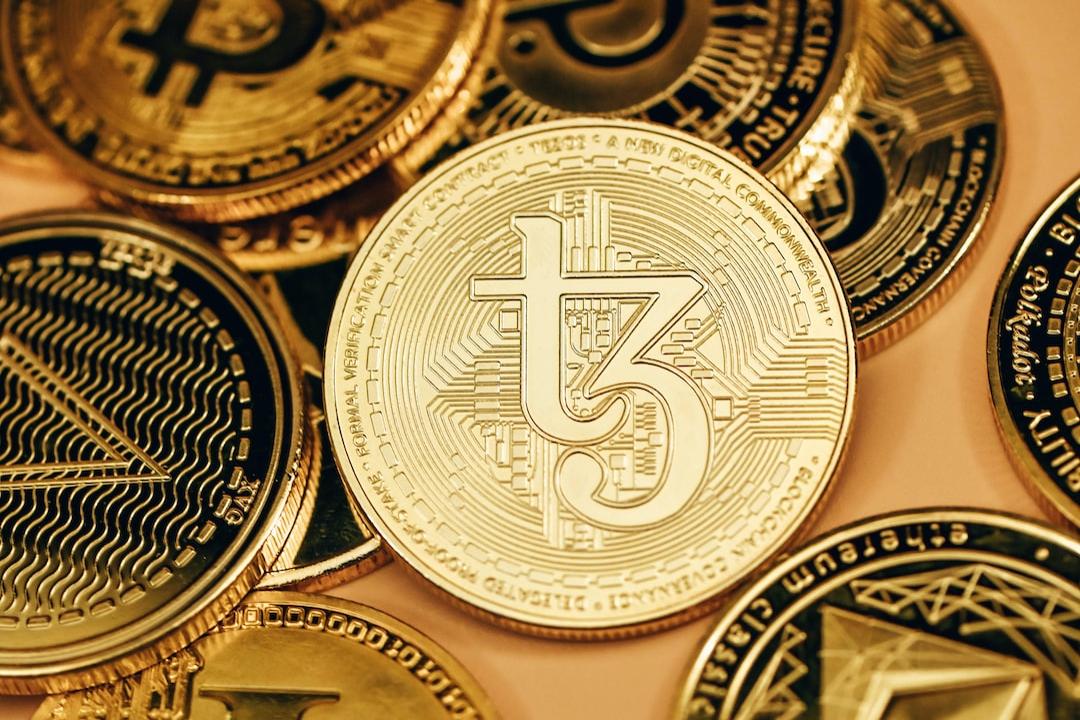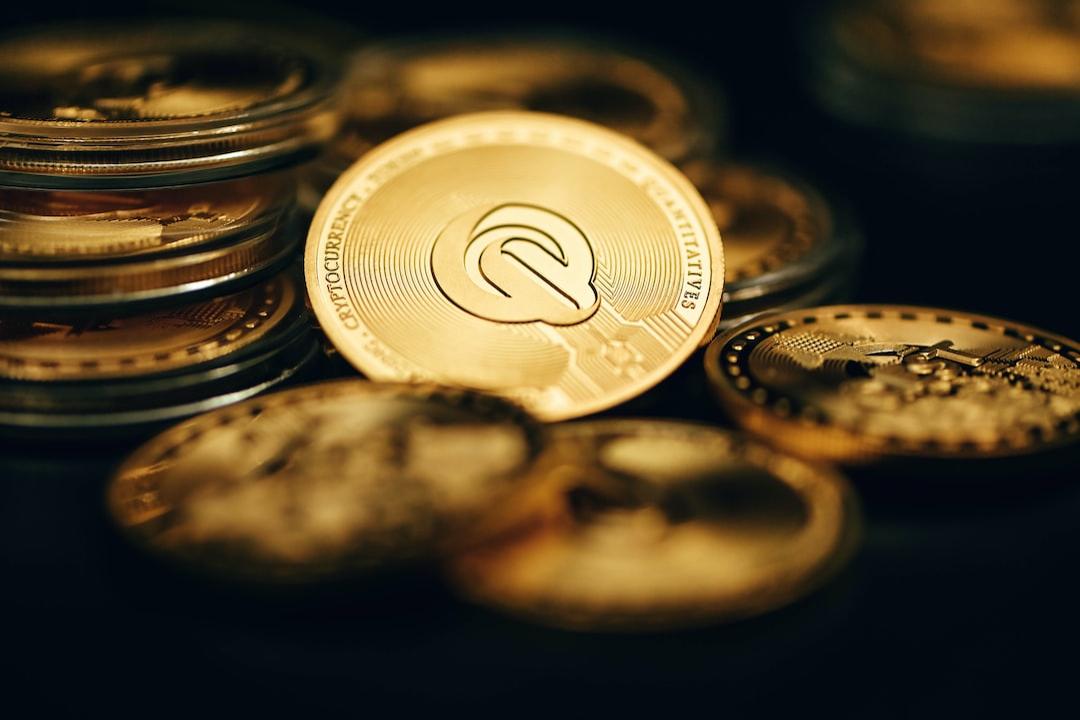Render Network has officially announced the successful migration to the Solana ecosystem on November 2nd. This upgrade marks a significant milestone for the decentralized cloud rendering network and its implications are profound. In this article, we will delve into the Solana upgrade of Render Network and its far-reaching effects. The article is sourced from the authors Feng & Carol at DFG, translated, compiled, and written by PANews.
(Previous summary: Render Network’s migration to Solana – an overview of the token swap method and distribution mechanism of the new token RENDER)
(Supplementary background: How will Render Network, a distributed rendering network that burns approximately 270,000 RNDR tokens per month, evolve in the future?)
Table of Contents:
1. Core Upgrades Involved
2. Introduction of the BME Model
3. Joining the Solana Ecosystem
4. Redistribution of Ecological Resources
5. Impact of Render’s Solana Upgrade on the Ecosystem
6. Flexible and Sustainable Token Economy Model
7. Faster and More Scalable Network Architecture
8. Potential for DePin, AI, and Digital Copyright Innovations
9. Future Outlook for Explosive Growth
Render Network, the decentralized cloud rendering network, officially announced on November 2nd that it has successfully completed the migration to Solana. This means that the leading company in the decentralized rendering field has officially moved from the Polygon ecosystem to the Solana ecosystem.
This migration will involve the implementation of multiple Render Network Proposals (RNP) that have been approved by the Render community over the past year. It includes not only the migration to the Layer1 ecosystem but also the issuance of a new token (RENDER) and the implementation of the new Burn and Mint Equilibrium (BME) token economy model. These changes will have far-reaching effects on the entire Render ecosystem and all stakeholders of RNDR (which will be upgraded and renamed as the SPL token RENDER).
Recent secondary market data also reflects the positive feedback from the community regarding Render’s recent developments. According to Coingecko, the token RNDR has surged to over $4, reaching a 21-month high.
Which core elements are involved in the upgrade?
Render is currently undergoing a series of significant technological upgrades, with each upgrade proposal complementing and empowering the others. The core upgrade elements include the migration from Polygon to the Solana ecosystem, the upgrade from the old token to the new token RENDER, the introduction of the Burn and Mint Equilibrium token economy model, and the token incentives and redistribution mechanism designed around the BME model.
Introduction of the BME Model
The innovation of the token economy model is at the core of this series of upgrades. As early as June 2022, the Render community established Proposal 001, proposing the introduction of the Burn and Mint Equilibrium (BME) token economy model, which has been successfully adopted by the Helium Network (HNT).
Render Network is preparing to switch to a token economy model that emphasizes sustainability and flexibility.排放上限的 BME 模型。通過採用新的代幣模型,可以實現 RENDER 的長期供需平衡甚至通縮。根據 RNP-001 的規劃,新模型預計將在未來幾周內部署,屆時將在 Solana 啟動排放計劃。
剛剛通過
最終投票
的 RNP-006 詳細介紹了 BME 的一部分排放和分配情況,詳細說明了不同網路參與者之間如何分配排放,包括:節點運營商、計算客戶端合作伙伴、藝術家和流動性提供商。

入駐 Solana 生態
為了更好地施行 BME 提案並滿足網路發展需要,Render 社群做出了從 Polygon 遷移至 Solana 生態的重大決定(RNP-002)。在篩選新的 L1 的
社群情緒民意調查
中,近 55% 的社群成員支援 Solana,原因是 Solana 更快、更便宜,並去更能夠處理 Render 網路的廣闊視野。
Solana 區塊鏈升級涉及的一個顯著變化是推出」RENDER」 取代 RNDR。RNDR 是 ERC-20 代幣,RENDER 是建立在 Solana 區塊鏈上的新代幣。Render 網路上所有的工作(3D 和 AI)都將以 $RENDER 支付,使用者可以將當前的 RNDR (ERC-20) 代幣轉移並升級為 RENDER(SPL)。
延伸閱讀:
揭祕RNDR:蘋果VR的區塊鏈合作伙伴
Solana 區塊鏈升級涉及的另一個轉變是引入
新的 Solana 相容投票系統
。升級到 RENDER SPL 代幣的社群成員將通過 Nation.io 參與 Render 的網路治理,Nation 是一個類似 Snapshot 的投票系統。升級期間,RNP 上的 Nation 投票和
Snapshot 投票
均將開放,且兩個平臺票數會進行累計。

生態資源再分配
新的 BME 經濟模型設定了一個均衡排放計劃,以確保排放量足夠靈活,能按照其貢獻的價值按比例獎勵網路的四個主要利益相關者(節點運營商、藝術家、流動性提供者和計算客戶端)。
創作者將以 RENDER 代幣獎勵的形式獲得該紀元花費的 RENDER 的一定百分比。回報百分比可能高達最初支出的 RENDER 的 100%,並可能隨著時間的推移逐漸減少。節點運營商將因執行工作或提供價值而獲得獎勵,Render Foundation 已宣佈發放 114 萬個 RENDER 代幣,作為吸引新節點運營商參與 AI 計算任務的激勵。
流動性提供者將因向合作交易所的流動性池貢獻質押代幣而獲得每個時期的獎勵。普通代幣持有者早期從 RNDR(ETH)向 RENDRE(ETH)的遷移也可獲得激勵。此外,鑑於網路的增長目標,特定利益相關者或網路運作中出現的新利益相關者之間的獎勵分配將保持可調,以確保增值參與者的工作得到補償。總體而言,新模型的實施將為生態參與各方都帶來激勵。
Render 的 Solana 升級對生態有何影響?
彈性化可持續的代幣經濟模型
引入 BME 模型後,RENDER 代幣將獲得更多的價值支撐,也將在事實上轉入通縮機制。與舊的支付代幣模式相比,BME 模式有兩個主要優勢:
RENDER 將被視為商品資產,更符合網路建立代幣化計算標準的長期目標。
在網路利用率增長達到一定負荷條件下,RENDER 將進入事實上的通縮機制,代幣的價值將大幅增長。
具體而言,新模式下,在渲染任務需求不足時,礦工可以得到比之前更多的收入,而在渲染任務需求對應的任務價格總額大於釋放的 RENDER 獎勵總額時,礦工相比原有模型將獲得更少的收入(燃燒掉的代幣 > 新鑄造的代幣),RENDER 代幣也會進入通縮狀態。
回顧 Render 網路的執行情況可以看到,過去 3 個月,Render Network 的渲染工作量增長約 20-30%。根據 Insight Partners 釋出的
一份報告
,視覺化和 3D 渲染軟體市場的收入預計到 2030 年將達到 118.3 億美元,2022 年至 2030 年的複合年增長率為 20.3% 。未來幾年,隨著多種計算客戶端採用進一步刺激使用者和流量的增長,預計能實現目前渲染市場的同等規模。業務需求的激增將觸發 RENDER 代幣的銷燬機制,並加速 RENDER 代幣的通縮。
更高速且可擴充套件的網路
Render 已經是一個年處理幀數達數百萬量級的成熟專案,並且對底層 L1 網路的要求正在日漸提升。從 Polygon 遷移至 Solana 將在底層基礎設施上為 Render 業務的擴張提供極大助力,主要體現在以下方面:
交易效能上,最直觀的資料是 TPS,以太坊主網大約只有 14 TPS,
Polygon 主網即時資料
顯示,TPS 大約 130;而
Solana 近一個月平均 TPS
則是 Polygon 的 30 多倍,大約為 4000 TPS。分散式渲染服務需要即時網路、渲染的較高硬體需求以及可互動的資訊傳遞機制,並且需要在鏈上同步節點狀態以維Render網絡是一個去中心化網絡,因此需要具備在大規模、高負載下的承壓能力,並滿足鏈上和鏈下的流動性。
就交易成本而言,Solana網絡比Polygon網絡具有更高的交易吞吐量和更低的交易費用。根據Render團隊的估算,如果我們將現在的資料代入,相同幀數在Solana上執行的渲染費用(即交易費)比Polygon減少了約千倍以上。由於Render網絡的鏈上狀態同步對網絡流量要求巨大,因此交易成本也是核心考慮因素。
綜合而言,與Polygon相比,Solana更快、成本更低,而且能夠處理Render網絡的廣泛願景。Render網絡的構建目標是提供即時、渲染、互動式全息流。這將需要狀態在鏈上即時動態更新。為此,網絡需要能夠在鏈上和GPU上編寫高效能程式碼。Rust可以為Render網絡提供比Solidity更高的速度和靈活性,最終允許使用相同的程式碼進行GPU渲染工作和智慧合約。
延伸閱讀:
元宇宙概念狂飆》FTX資產變五倍,RNDR漲幅達390%
更具潛力的DePin、AI和數位版權新星
Render是Web3領域裡DePIN(分散式物理基礎設施網絡)賽道的標竿之一,為渲染、AI等賽道提供了硬體基礎設施,目前也被視為Web3界的英偉達。從Coingecko市值資料上也可以看出,目前Render在DePin賽道中僅次於去中心化儲存龍頭專案Filecoin,超過了一眾老牌專案比如Arweave和Helium。在目前AI應用爆發的背景下,Render是少有的能夠持續創新並實現AI敘事的專案之一。數位版權管理(Digital Rights Management,DRM)也是Render專注的另一個前端細分領域,DRM實現了快速、低成本的多方版稅流,這對於下一代流媒體應用的貨幣化非常重要。此外通過向Solana遷移,Render還可以將複雜的3D資產、IP和AI作品的DRM和版稅引入鏈上,如果對訓練集產生貢獻可以獲得相應報酬。
目前來看,無論是商業場景還是經濟模式,Render相較於Filecoin都具有更明顯的增長潛力和想像空間,未來有望趕上Filecoin,成為DePIN、AI和DRM多條賽道上的佼佼者。

從爆發式增長展望未來
從今年4月開始,Render業務就進入高速增長期,4月的渲染任務達到了歷史新高的17.9Render Network,一个去中心化的云渲染算力网络,近期取得了爆发性的增长。与之前几个月相比,渲染任务数量增长了10倍以上,截至目前每月平均渲染任务数已超过12万个,并且数字仍在持续增长。这主要得益于母公司OTOY与蘋果的合作关系。蘋果在官方宣传视频中多次出现了Render Network的logo。而且,Octane X已支持配备M1、M2和最新的M3高性能芯片的Mac和iPad,未来Render可能成为蘋果软件内置的渲染组件。
Render依托于母公司OTOY强大的渲染技术,早早地在去中心化渲染领域占据了顶级地位,但一直以来Render自身也在不断追求产品和技术的创新与迭代。本次代币经济模型的革新以及向Solana的迁移都是为了更好地提供云渲染服务。
除此之外,Render还在进行更多的创新升级。比如最新的007号提案计划引入FEDML云平台,目的是将AI社群需求引入Render的计算网络。FEDML的GPU市场将包含Render,使AI开发人员能够无缝访问Render强大的分布式GPU资源。除了FEDML,Render还积极引入其他各种计算客户端,如Beam、io.net和其他云平台。此外,在最近的Solana Breakpoint 2023大会上,Render还宣布为用户提供多渲染器,新增了Maxon的Redshift、Physical和Standard等渲染器。
这一系列的卓有成效的举措能够确保Render在未来保持较高的叙事延续性。AI商业化刚刚开启大门,与AI相关的AR、VR等领域也蓄势待发,未来必然对Render这样的分布式GPU算力网络产生持续高需求。DFG是Render Network的早期投资者之一,并持续看好该项目的产品和技术进展。我们认为Render Network已经做好充分的准备,引领一场大规模的去中心化渲染革命。

